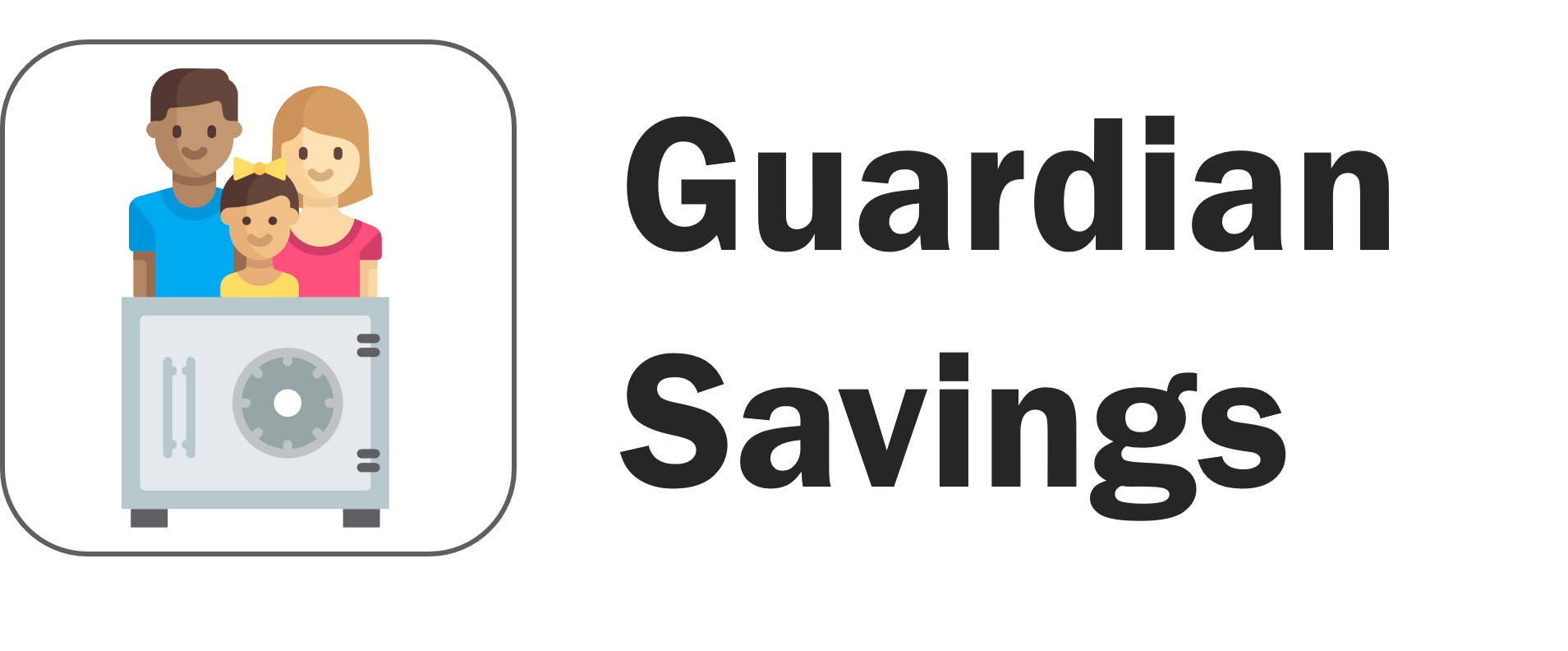How to Make Heads or Tails of Needs and Wants
“I need” and “treat yoself” are embedded in pop culture parlance. They’re ways for us to embrace our materialism with a nod to the ridiculousness. But after that initial rush fades we’re often left wondering do I really need this? And am I willing to treat myself at the expense of bills or savings?
Though “I need” may be an exaggeration, many people have a hard time distinguishing between needs and wants. The lines between need and want can be blurred by emotions and marketing and sometimes individuals never really learn to distinguish between the two. This is why it is important your children know the difference from an early age. But how do you teach kids to distinguish between needs and wants when their needs are covered by-in-large?
Needs are the goods and services that you need to survive. This includes food, shelter, medical care.
Wants are the goods and services that you would like to have, like ice cream or an upgrade on your base needs, like replacing your Iphone with the latest model.
It’s important to help kids understand that while they may need something like food or clothes there is a lot of nuance in what that means. They need to eat healthy meals but they don’t necessarily need to chase down the icecream truck every time it drives by. Likewise, they’ll need a new pair of pants if they grow out of the last pair but they don’t necessarily need a novelty T-shirt from every sports tournament they attend. Helping them to see the distinctions between the minimal need and the excessive want and how they are influenced by marketing and their peers can help your children make smarter decisions down the road. It can become a fun game to play with your family as you do your shopping: is that a need or a want?
Helping children understand the difference between needs and wants is one of the main aims of the withdrawal page in the Guardian Savings app. By prompting kids to classify each withdrawal as a need or a want, it may get kids to pause before spending their savings and consider opportunity cost. For parents, it is a great coaching moment for you to help your children better understand needs vs. wants, encourage your children to think of the opportunity cost, or less expensive alternatives. If your child has a savings goal, you can ask them “Is this want worth a delay in achieving your goal?”
Guardian Savings recently expanded the child’s analysis page to detail total spending on wants over time, with the goal of helping kids understand that when you add up a bunch of small wants it can be a ton of money. Similar to how getting a Starbucks coffee every morning can cost you $3000/year, about the same price as a car lease.
Tell us how you and your family are using the goals feature! What are your kids saving up for?




